FRIDAY DESTINATIONS: DAMASCUS, SYRIA
Imagine stepping into a city older than Rome. Older than Athens. Older, in fact, than history as we usually tell it. A place where the call to prayer echoes through Roman arches, where medieval-feeling markets pulse with life beneath Ottoman domes, and where every worn stone underfoot has borne witness to empires rising and falling. Imagine wandering through a city that once hosted Alexander the Great, Saladin, and T.E. Lawrence, yet remains almost entirely untouched by the modern travel narrative. This is Damascus, a city of grandeur and grit, faith and fracture, resilience and poetry. It’s not just a destination. It’s a time machine, still in motion.
The first thing that hits you in Damascus isn’t the sound, or the scent, or even the sheer age of the place. It’s the contrast. One moment you’re standing under a massive striped arch in an Ottoman-era khan that once housed traders from across the Silk Road, and the next you’re walking past buildings still bearing the scars of war. Shrapnel wounds. Collapsed roofs. Entire facades blown open.
You might sip sweet tea in a centuries-old courtyard café, only to turn a corner and find a block hollowed out by shelling. Damascus lives at the crossroads between past and present, between ruin and resilience. Unlike cities polished “for the 'Gram”, this one feels real. Its beauty is layered with scars, its grace shaped by grief. And somehow, it is still standing and shining. Still open. Still bustling with life.

At Damascus’ beating heart stands the Umayyad Mosque, one of the grandest and oldest mosques in the world. It's a place that brings people to silence, no matter their faith. You’ll see children playing barefoot in its vast marble courtyard, their laughter rising beneath a canopy of minarets and golden mosaics. This sacred site has been a Roman temple, a Byzantine church, and an Islamic mosque. Layers of history folded into one another. Few places in the world hold such spiritual gravity.
Inside the mosque lies something even more unexpected: the tomb of John the Baptist, honored as a prophet in Islam and Christianity alike. Worshippers press their foreheads to the marble, whispering prayers in Arabic, Aramaic, Farsi, and French. In Damascus, religion doesn’t divide. It overlaps and interweaves, like so much else in this tangled, beautiful city.
Syria, like Afghanistan and Iran, is home to some of the most hospitable people in the world. Despite recent history, or perhaps because of it, Syrians greet visitors with a warmth that feels almost disarming. You’ll be offered tea within minutes of meeting someone. Asked where you're from, and then asked why you’re here, with equal parts curiosity and delight. Yes, the country bears wounds. You’ll see broken buildings, glass peppered with bullet holes. But you’ll also see children riding bikes through ancient courtyards and shopkeepers who offer you sweets for nothing more than a smile. Life goes on here, with grit and grace.
Religious coexistence is not a museum piece in Damascus. It’s daily life. The Old City houses churches that date back to the first centuries of Christianity, tucked alongside mosques that have stood for over a millennium. You’ll hear the hum of liturgy from behind carved wooden doors, followed minutes later by the call to prayer.
Faith is embedded in the city’s rhythms, not as spectacle but as presence. Until recent times, Damascus was also home to one of the oldest and largest Jewish communities in the world. The news loves to scare us with stories of religious strife and conflict, but the truth is that places like Damascus are living proof that at their core, all religions really believe in the same things…and not only coexist, but support one another. Neighbors helping neighbors.
And then there are the moments that remind you Damascus is still very much alive. A ginger cat napping on a scooter. A teenager darting through an alley with a tray of fresh bread. A tailor mending clothes by hand in a shop that probably hasn’t changed in 100 years. These aren’t museum relics. They are real people, real stories, still unfolding. You won’t find photo ops staged for TikTok here. What you’ll find is a city that isn’t pretending to be anything it’s not.

Traveling to a place like Damascus forces you to reexamine what it means to travel. This is not leisure travel. It’s learning and growing. It’s showing up in a place that doesn’t cater to you and finding, through humility, a deeper kind of connection. You’ll likely be one of very few visitors, but rather than isolation, you’ll feel embraced. There’s a power in your presence. Sometimes, just being somewhere matters. To you, and to the people who see you choose their city when the world told you not to.
So, why choose Damascus, of all places? Because the places least visited often hold the greatest stories. Because history is still alive here and it wants to speak to you. Because in a world crowded with curated travel and cookie-cutter experiences, a place like Damascus offers something increasingly rare: truth. It is raw. It is real. And if you go, you might just be the only tourist there. Not alone, but privileged to see it quietly, generously, and with the open-hearted welcome of people who have far more to share than sorrow.
See you next Friday for another journey through the 196. Until then, stay curious, stay kind, and keep traveling far, even if it's just from your desk.


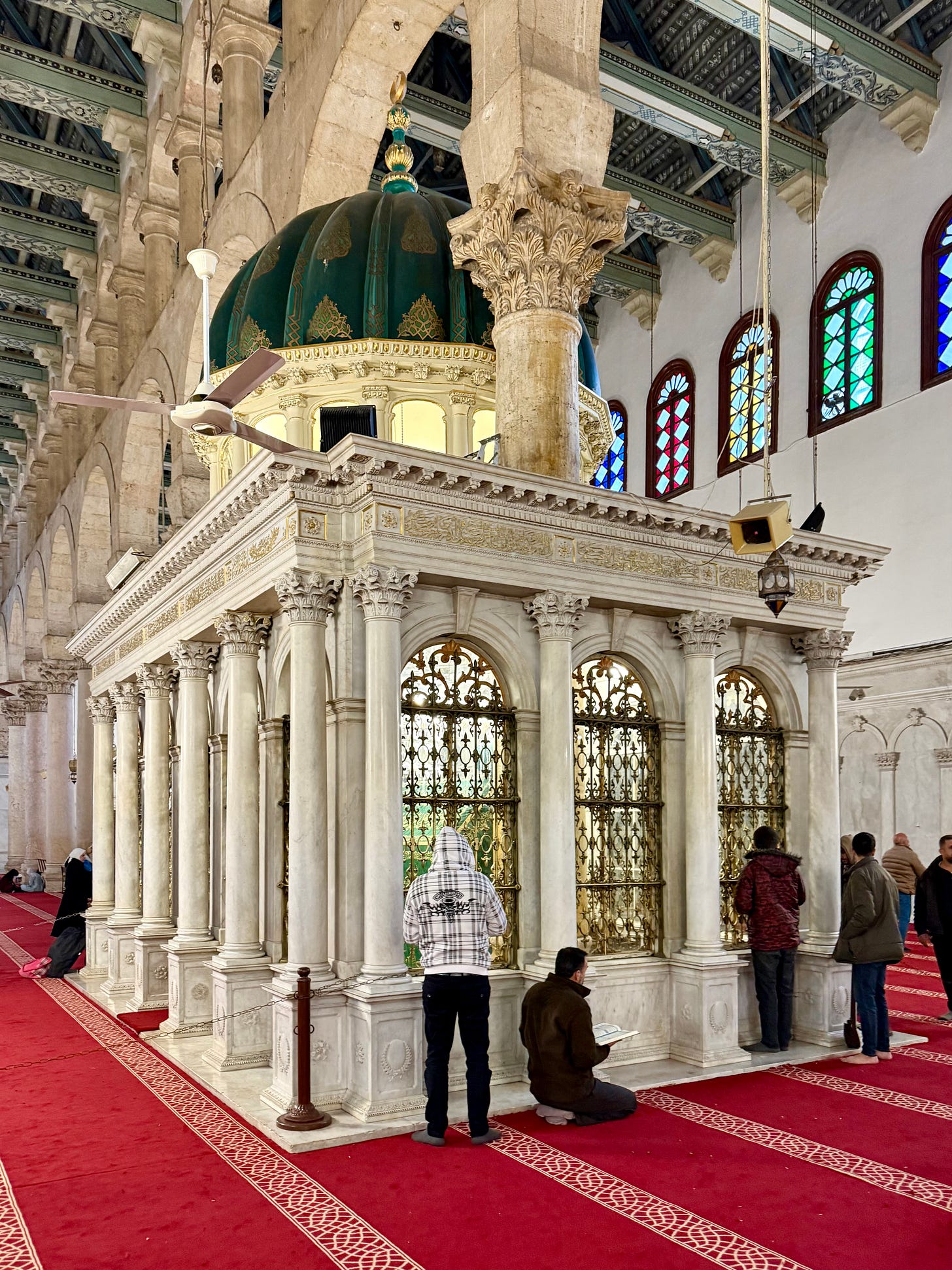
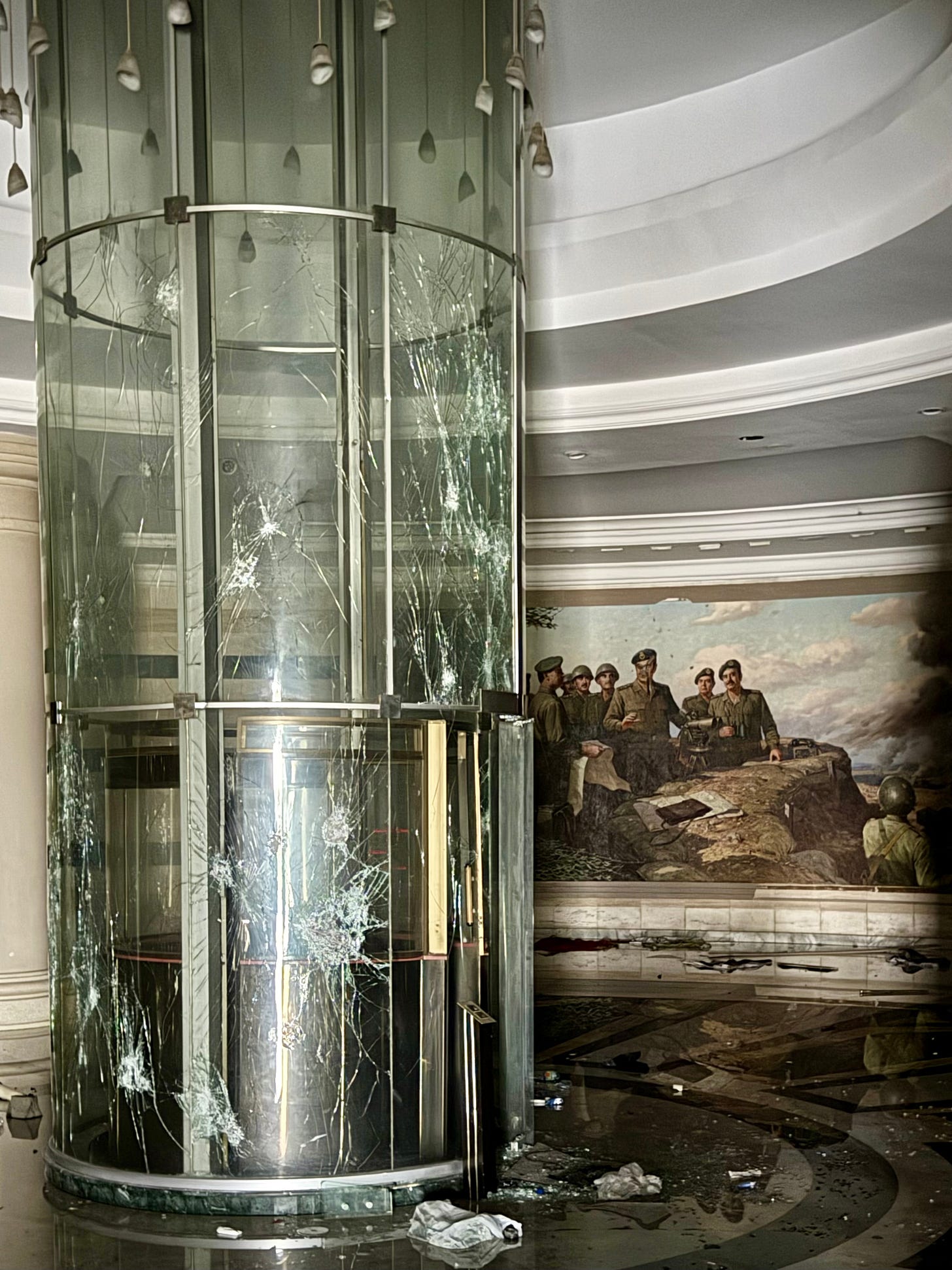
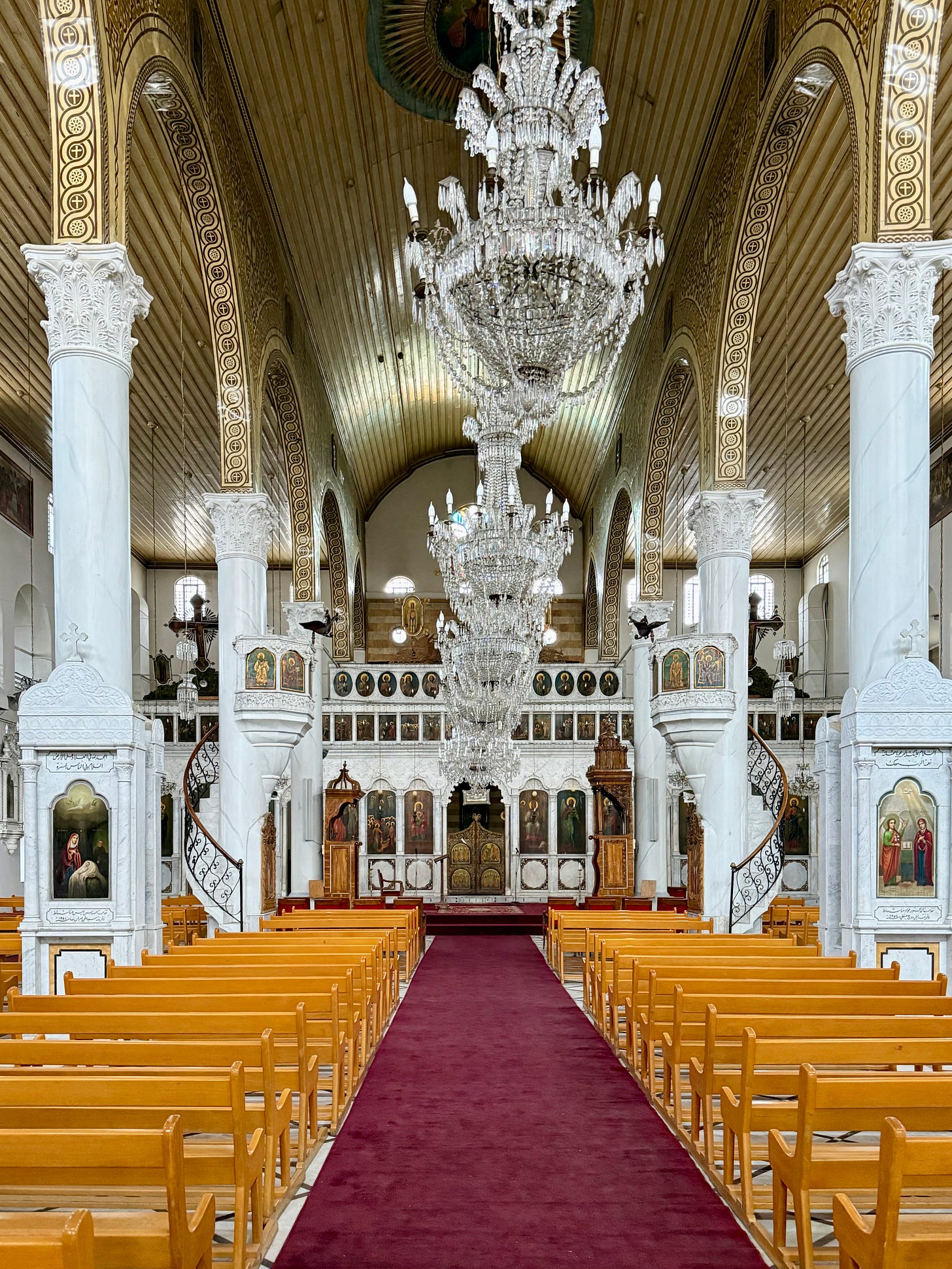
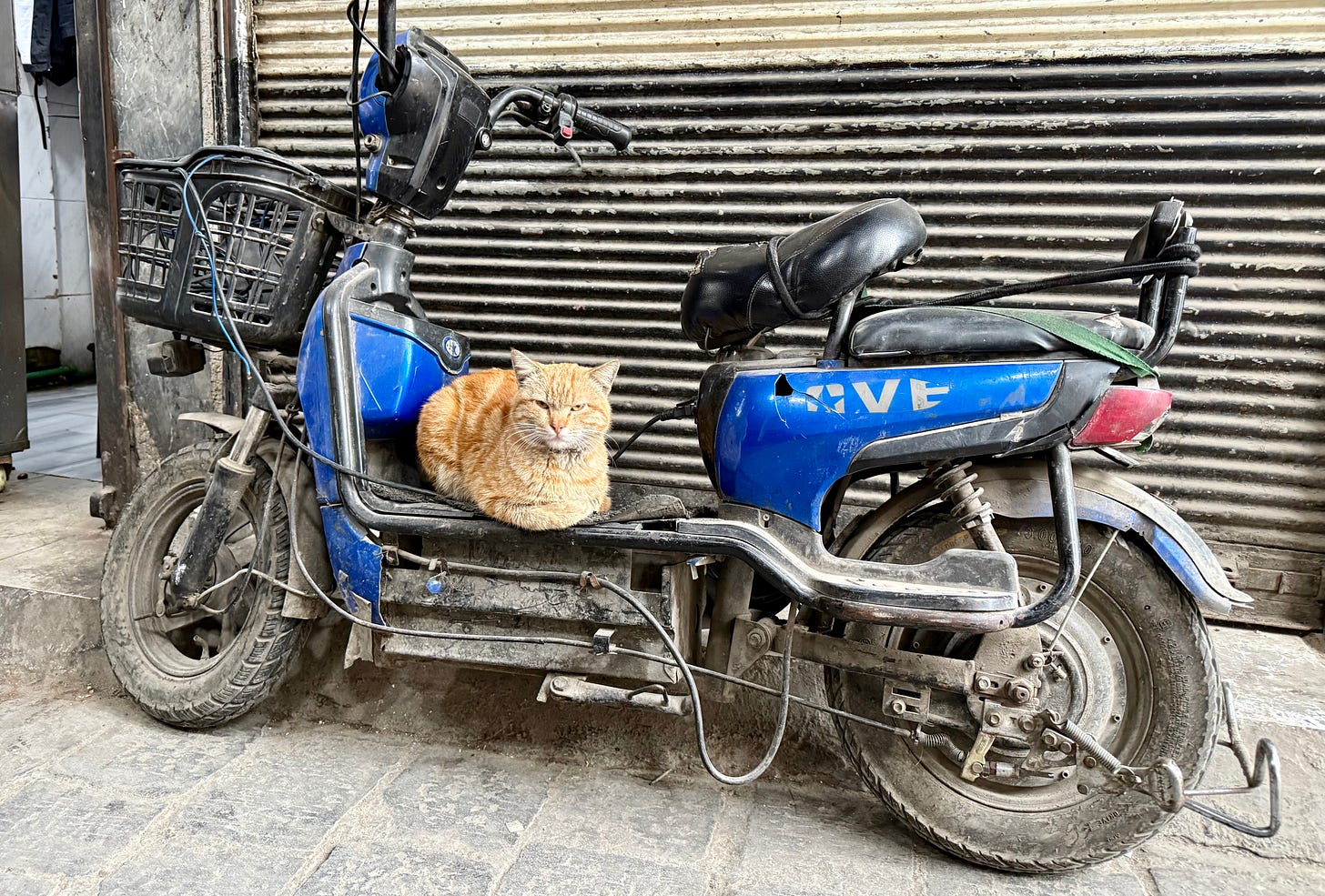
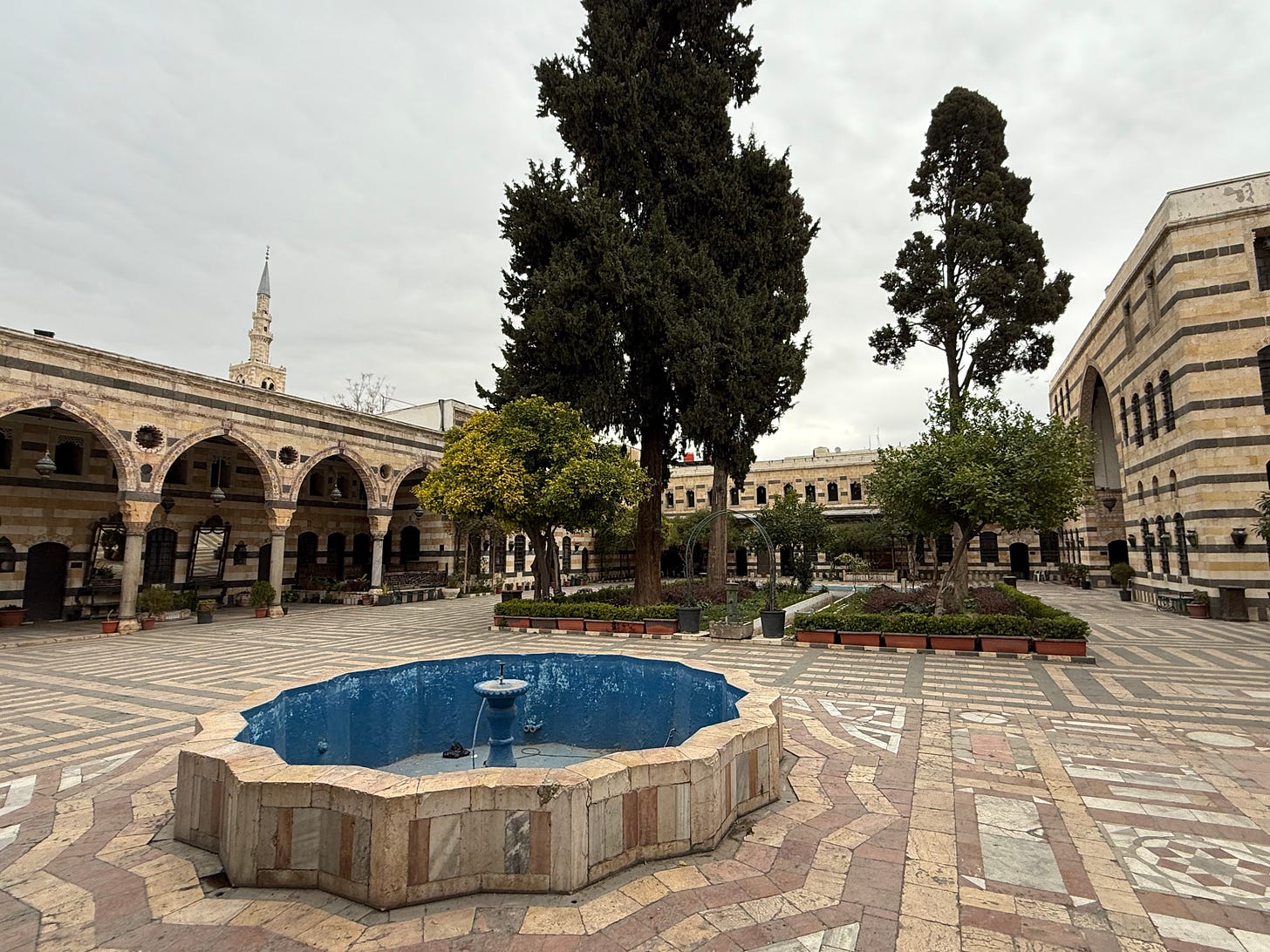

Not surprised to see you traveling to Damascus but delighted that there are still many things of beauty to be found there despite so many years of conflict.